Large-scale and high-yield culture techniques of water earthworm
How to raise the yield of water earthworms? At present, the main function of water earthworms is as high-quality animal protein feed, so with the rapid development of aquaculture, the market prospect of water earthworms has been discovered by more and more farmers, feeling that this is a rapid project to get rich. for this reason, the editor has sorted out a set of high-yield culture techniques for water earthworms, as follows:
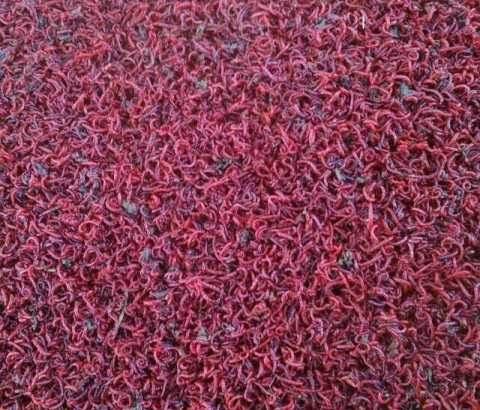
First, build a pool
Water earthworm breeding ponds should be built in places with sufficient water sources, such as scattered open spaces next to suburban sewers, streams and rivers, leaking water distribution centers of fish farms, and so on. The earthworm pool is suitable for growing lO-30m, with a width of 1-1.2m and a depth of 0.2m-0.25m, as well as curved manifolds and annular manifolds. The bottom of the pool had better be paved with slate or "concrete" (hard bottom pool can not be dealt with). Set up inlet and outlet, and each nozzle should be equipped with anti-escape facilities.
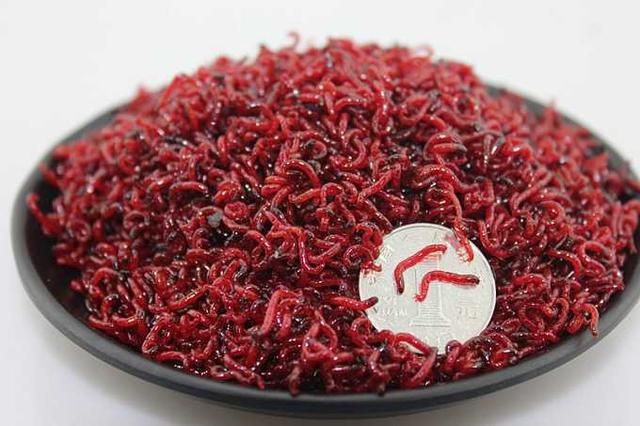
2. Culture medium
The substrate of the culture medium can choose the sludge rich in organic matter, such as the sludge at the bottom of the fish pond, the black mud at the edge of the sewage ditch, etc., and mixed with an appropriate amount of loose matter (such as bagasse, etc.), organic matter (cow dung, etc.). The procedure of filling the culture medium to the vermis pond is as follows: first lay a layer of bagasse or other sugar-rich fiber on the bottom of the pond, the dosage is 2-3kg, then spread a layer of sludge to make the total thickness reach lO-12cm, soak the base surface with water, apply base fertilizer 2-3 days later, and use pig, cow and chicken manure for each lOkg. Before inoculating worms, a layer of 3-5cm thick sludge was spread on the surface, and a layer of mixed feed such as fermented wheat bran, rice bran and cornmeal was sprinkled with 150-250g per mu. Finally, water was added to make the culture medium have a water layer of 2-5cm. At this time, water earthworms can be brought in for vaccination.
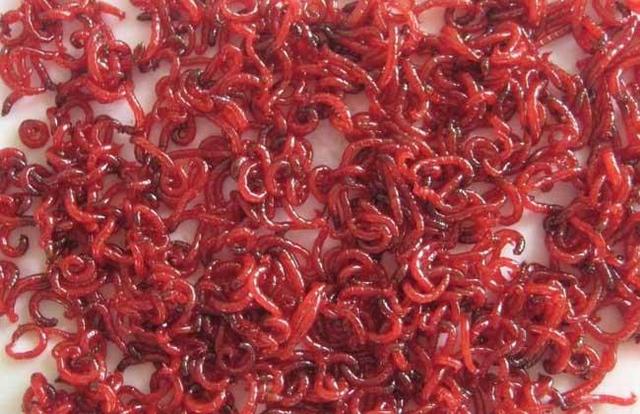
III. Introduction and inoculation
The provenance of water earthworm can be obtained in sewage ditch, smelly ditch, waste water pit and so on. Note that the water earthworms need not be washed clean and can be transported back together with some mud and dregs. The inoculation work is to spread the collected earthworm species evenly on the culture medium of the earthworm pool.
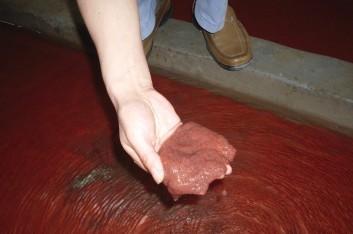
Cymbal
Fourth, feed and feeding management.
1. Feed and its feeding. Water earthworms especially like to eat feed with sweet and sour taste. The practice shows that the feed effect of cow dung, chicken manure, pig manure, wheat bran, secondary powder, corn meal, rice bran and sugar dregs is better. In order to improve the utilization rate of feed and fertilizer, the manure and feed should be fully mature and fermented. If they are allowed to ferment and mature in the vermis pond, the heat generated will be enough to "burn" the egg cocoon, juvenile and young worms, which is not conducive to stable and high yield. The total amount of feed in this month can be estimated according to the feed coefficient and the yield of water earthworms in each month. Sprinkle the feed evenly on the culture medium when throwing and feeding. Don't forget to close the inlet before baiting.
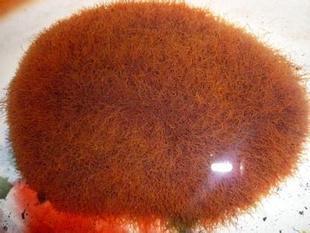
2. Challenge pool. This is an indispensable regular production link in feeding and management. The method is to use T-shaped wooden rake to comprehensively grind the culture medium pool by pool in order to improve the living environment of water earthworms. It is necessary to beat the pool every 3-4 days in the peak production season, and can be extended to 7-15 days in other seasons. The first is to prevent the formation of the culture substrate, the second is to effectively inhibit the growth of moss and duckweed, and the third is to keep the base surface flat, which is conducive to the smooth flow of water.
3. To prevent and eliminate enemy harm. Fish (Loach, rice field eel), frogs, birds and ducks like to eat water earthworms, snails and clams also compete with water earthworms for feed and fertilizer, while duckweed, moss and weeds consume a lot of nutrients in the medium. These are the enemies of farmed water earthworms, and they are all on the list of prevention and control.
The high-yield culture technology of water earthworms is introduced to you here. The cultivation of water earthworms is very simple. As long as we master the key technology, we can make use of rural resources to cultivate water earthworms so as to obtain a good income.
- Prev
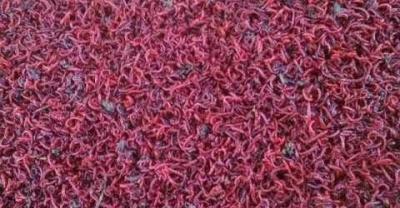
Frog breeding technology, entrepreneurship and wealth technology
How to raise frogs? For the feeding value of frogs, we all know that frogs are a delicacy on the dinner table, due to the prohibition of wild frogs to catch, the market demand.
- Next
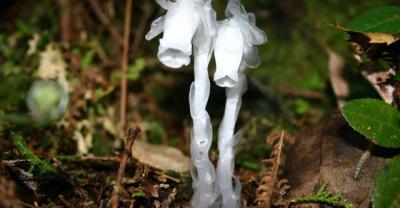
The cultivation method of lily pot: how to raise lilies? How to plant and maintain lilies
Lily has a beautiful appearance, its appearance is elegant and pure, and therefore deeply loved by people, many flower lovers want to plant a pot of lilies at home, but.
Related
- On the eggshell is a badge full of pride. British Poultry Egg Market and Consumer observation
- British study: 72% of Britons are willing to buy native eggs raised by insects
- Guidelines for friendly egg production revised the increase of space in chicken sheds can not be forced to change feathers and lay eggs.
- Risk of delay in customs clearance Australia suspends lobster exports to China
- Pig semen-the Vector of virus Transmission (4)
- Pig semen-the Vector of virus Transmission (3)
- Five common causes of difficult control of classical swine fever in clinic and their countermeasures
- Foot-and-mouth disease is the most effective way to prevent it!
- PED is the number one killer of piglets and has to be guarded against in autumn and winter.
- What is "yellow fat pig"? Have you ever heard the pig collector talk about "yellow fat pig"?

